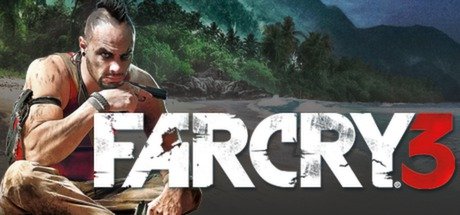Conflict: The Fuel of Story
Without conflict your story will not be an interesting one.
Imagine your favorite sports car sitting in your driveway right this second. Maybe it's a Ferrari, a Maserati or whatever it may be. Now imagine that vehicle with not a single drop of gasoline in the tank. (Electric Cars are excluded).
No matter how sleek, muscular, powerful or beautiful to look at it is, what good is it without fuel?
Without fuel, even the most impressive vehicle is useless and boring.
Conflict is what powers your story. Conflict is that energy which pushes it forwards. And if that energy/fuel runs out, before the story ends, you've got a problem.
In order for a story to be a story, it needs to have at least MAIN conflict. There can be several smaller-scale conflicts, but there has to be one MAIN conflict.
Conflict is also the fuel of gameplay
Conflict is also the fuel of gameplay. Think about it, the player wants to reach a certain level or wants to resolve a problem in the story but challenges and obstacles are placed before the player. The player wants to succeed but the game adds complications and challenges that must be overcome first.
A game with no challenges, goals, achievements, obstacles can hardly be called a game, any more than a story without conflict can be called a story. Stories and video games are in a beautiful agreement. The player/main character wants something but needing to overcome challenges in order to get it. It's captivating to watch someone try to resolve conflicts (like movies, books, etc.) and it's even more captivating to feel like you are the conflict-resolving character (as in games).
Here are some examples of some modern, story-driven games.
Tomb Raider (Crystal Dynamics, 2013): Lara Croft wants to help her friends escape from a mysterious island, but a bizzare militaristic cult has other plans for them, and supernatural forces prevent anyone from leaving.
Far Cry 3 (Ubisoft, 2012): Jason Brody wants to help his friends escape from a mysterious islands, but they are being held by an army of thugs ruled by a pair of psycopathic warlords.
Portal (Valve, 2007): Chell wants to escape the dilapiated Aperture Science facility, but a deranged AI is holding her captive and forcing her to solve bizzare, deadly puzzles.
Uncharted 2: Among Thieves (Naughty Dog, 2009): Nathan Drake wants to recover the long-lost Cintamani Stone, but it's also being tracked by a madman who intends to use it to become superhumanly powerful.
The goals of the main character and the goals of other characters are at odds with each other, thus the want/but pattern (the conflict). Buts are what stand behind the many obstacles the player faces. Without a want/but, there is no conflict.
Without a conflict, there are no obstacles. Without obstacles, there is no story or a game. Conflict is essensital to both story and a video game.
Final Thoughts on Conflict
Without fuel, a car engine will sputter to a halt. And it's the same with stories. But stories don't come with gauges or warnings lights to indicate a fuel problem, so really, it's up to you, the storyteller, to always be mindful of a story's constant need for conflicts that the characters are challenged to resolve.
Conflict is the very core of the story, it's a beating heart. Don't let that stop (until the end).
Hey, Thanks for reading!




Congratulations @elmagic! You have received a personal award!
Click on the badge to view your Board of Honor.
Do not miss the last post from @steemitboard!
Participate in the SteemitBoard World Cup Contest!
Collect World Cup badges and win free SBD
Support the Gold Sponsors of the contest: @good-karma and @lukestokes
Congratulations @elmagic! You received a personal award!
You can view your badges on your Steem Board and compare to others on the Steem Ranking
Do not miss the last post from @steemitboard:
Vote for @Steemitboard as a witness to get one more award and increased upvotes!